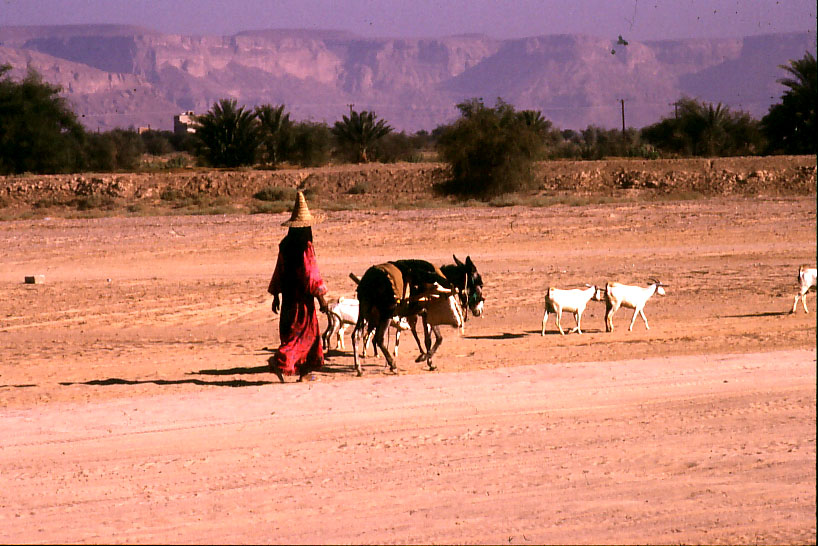Three categories of cultural landscape were defined in the Operating Guide for implementation of the World Heritage Convention:
- Landscapes that have been clearly defined, designed and intentionally created by man.These include gardens and parks.
- Organically evolved landscapes that result from an initial social, economic, administrative or religious imperative and have developed their present form by association with and in response to their natural environment. They fall into two sub-categories: A relict (or fossile) landscape in which the evolutionary process has come to an end. A continuing landscape, which retains an active social role, associated with the traditional way of life.
- Associative cultural landscapes, in which there are religious, artistic or cultural associations with the environmental elements.
The UNESCO World Heritage Committee also considered the need to recognise the associative values of landscapes for local populations, and the importance of protecting biological diversity through cultural diversity in cultural landscapes. (Rössler)
This post is available in: English Español


